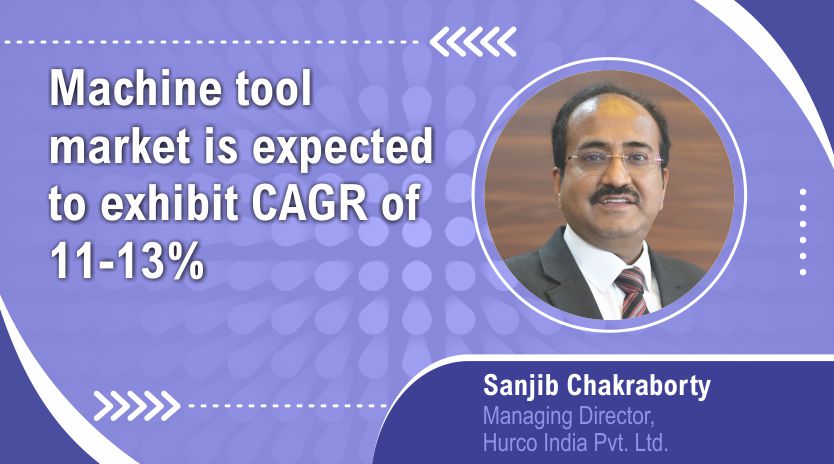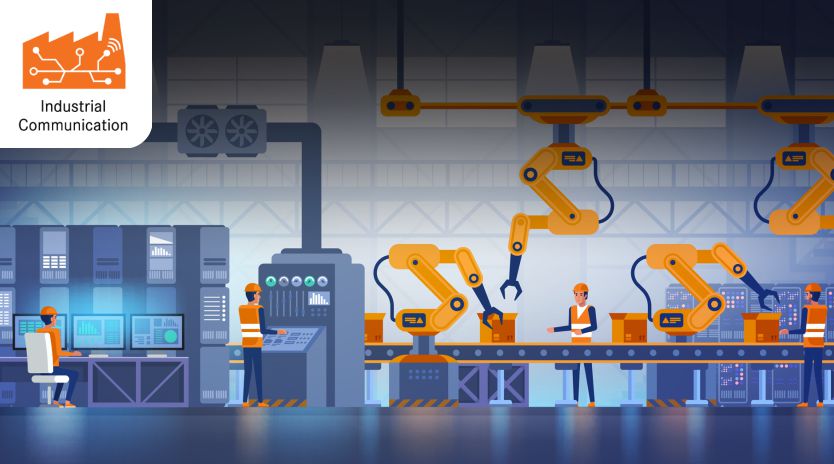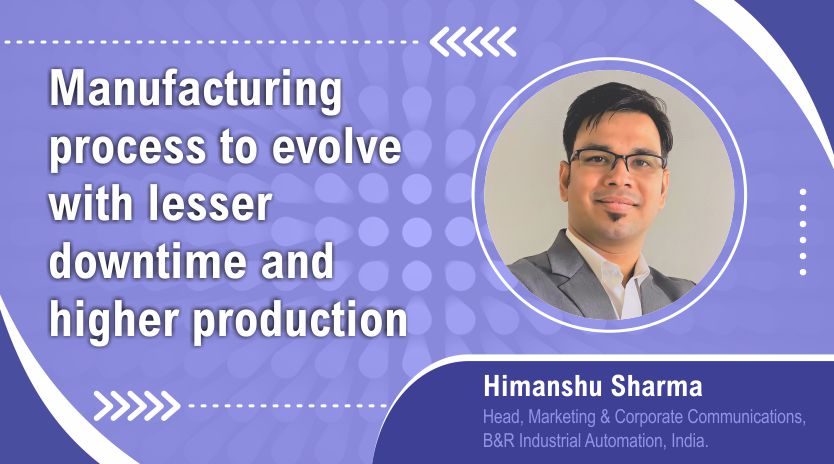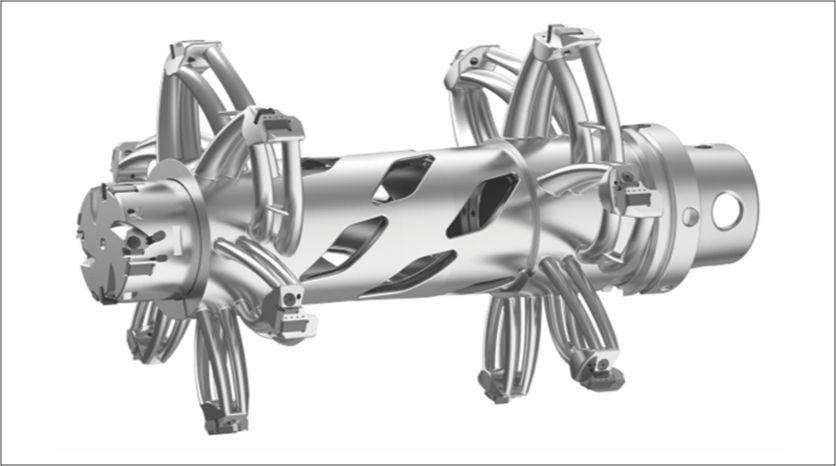Growing need to boost manufacturing with smart automation
June 10, 2020 1:08 pm
The increase in demand for automation parts, such as programmable logic controllers (PLCs), robots and variable speed drives (VSDs), all reflect our customers’ growing need to boost production with smart automation.
John Young, APAC Director, EU Automation, in an interaction with OEM Update, talks about the challenges being faced by manufacturing companies while moving towards the smart factory environment, and expects some potential changes in the manufacturing sector through the adoption of latest technologies.
How has your company’s journey been in the adoption of smart factories?
As our customers dip their toes into data-driven automation as the fundamental enabler of smart factories, we’ve had to ensure our global supply network is equipped to supply all the parts required for such projects. The increase in demand for automation parts, such as programmable logic controllers (PLCs), robots and variable speed drives (VSDs), all reflect our customers’ growing need to boost production with smart automation.
What kind of steps do companies, including MSMEs, need to take for the adoption of smart factories?
It is important to start by asking the right questions. Many companies are aware of the potential benefits of smart factories and Industry 4.0, but far fewer have clear strategies in place to benefit from their adoption. Whatever the hype is surrounding a particular technological innovation, it is always useful to ask yourself how it will benefit your enterprise. Will it allow you to make key savings in time and costs?
Talk of technology should not detract from the importance of people in any organisation. A transition to smart factories requires effective leadership. Leaders need to embrace technology and lead by example. Most importantly though, leaders need to communicate effectively to their workforces how any changes will be implemented and what the benefits will be. The adoption of smart factories will not happen in a smooth way without these ingredients.
How have machine learning (ML), artificial intelligence (AI), robotics, automation and big data been implemented by OEMs to move towards a Connected Enterprise?
There are many different applications. Machinery equipped with sensors has the capacity to monitor itself. This will lead to significant maintenance costs because engineers can be alerted to potential faults before they occur. The next step will be systems that can order replacement parts themselves, with minimal or zero human input. Technologies like blockchain make that a possibility and it is something we will probably see in the coming years.
Another interesting innovation has been the use of smart glasses. Not many would have predicted a few years ago that when the consumer market for this product dried up, they would find an alternative outlet on the factory floor. Smart glasses are particularly useful for people in jobs that require them to visualise data while simultaneously working with their hands.
What are the challenges faced by OEMs while transitioning towards smart factories?
I think the biggest challenge — and we will see more of this in the coming months given the increase in remote working — will be in security. Smart factories will be more vulnerable to malware and ransomware attacks. Third-party access and remote access increases the risk. Legacy equipment might be especially vulnerable because it was developed without these considerations in mind.
A far greater investment in cybersecurity will therefore be needed for many companies, but they will also need the right strategy in place. That strategy will have to take into consideration the entirety of the digital footprint, including personal devices like smartphones and tablets.
What kind of technological advancements can we expect with respect to smart manufacturing in the coming years?
We will undoubtedly see increased automation. As robots and machines are able to take on more of the basic but physically demanding tasks that humans or less sophisticated machinery performed in the past, this will free up human time for more creative tasks.
However, I would expect to see a potential change in how this technology is adopted. Rather than buying robots outright, it might be that many companies, at least initially, begin with the robots-as-a-service model. Put simply, many companies may access this technology on subscription. This will lower the upfront capital costs and save money and hassle on maintenance. This business model will be especially attractive to MSMEs who would otherwise be put off by the higher start-up costs and the risks of being stuck with a robot that is obsolete and difficult to source parts for.
Cookie Consent
We use cookies to personalize your experience. By continuing to visit this website you agree to our Terms & Conditions, Privacy Policy and Cookie Policy.

















 English
English Hindi
Hindi